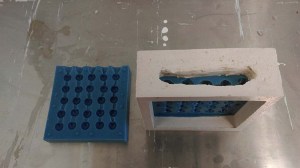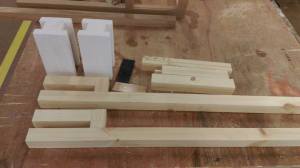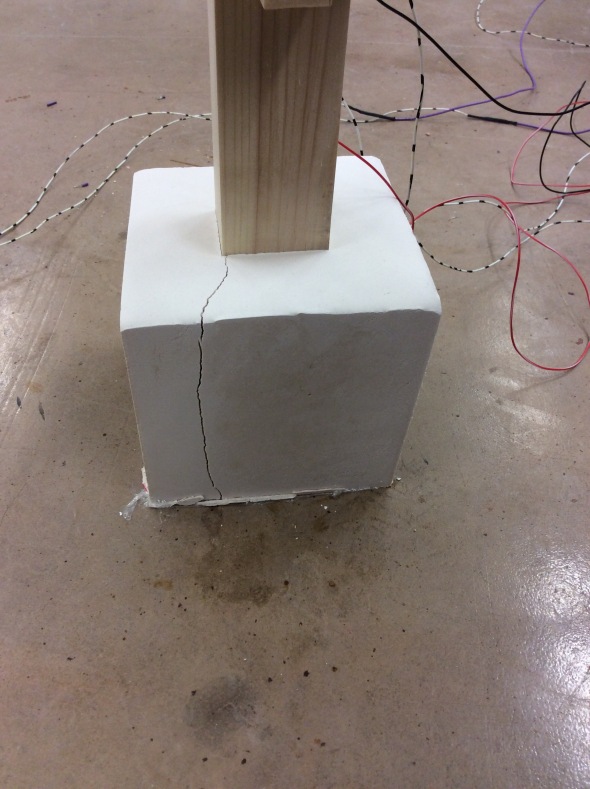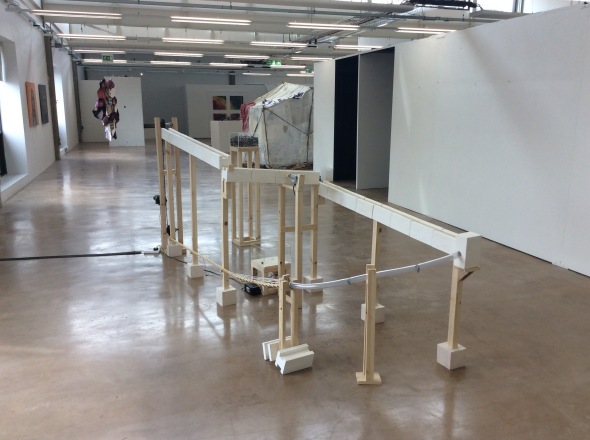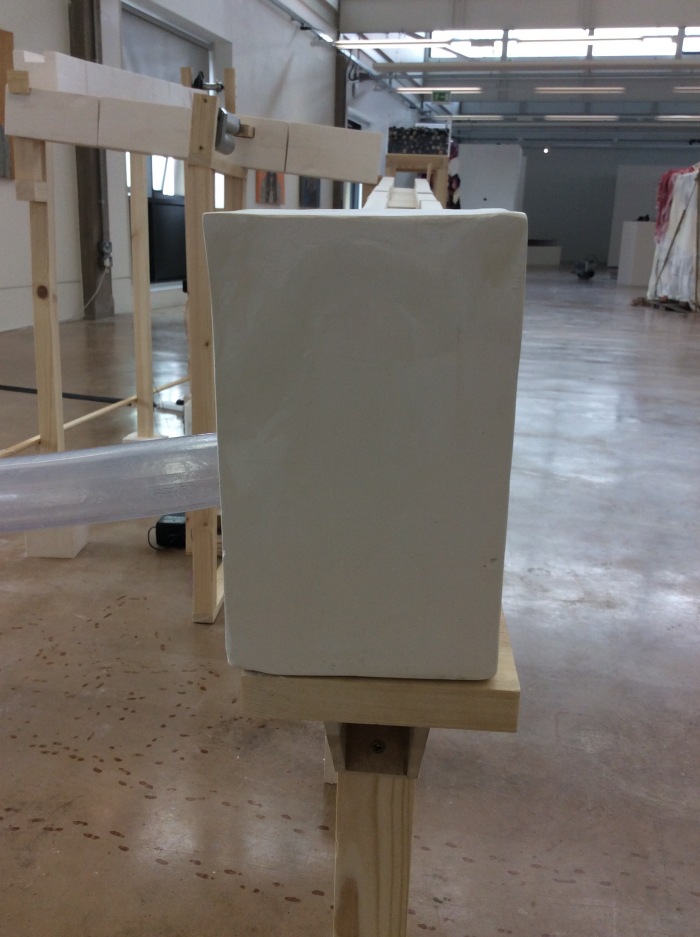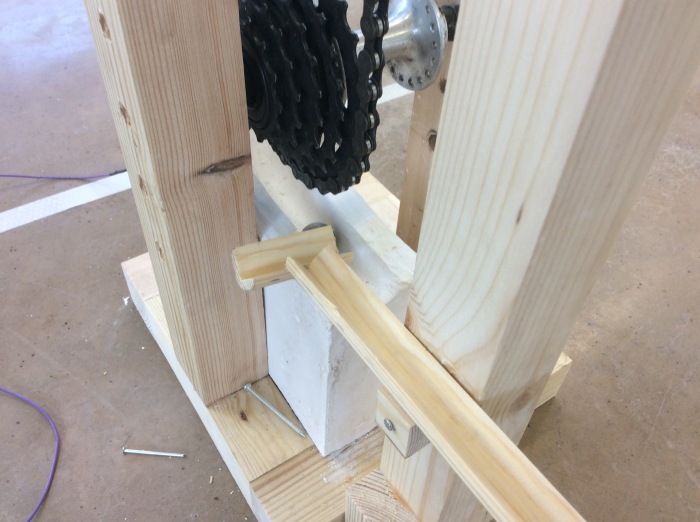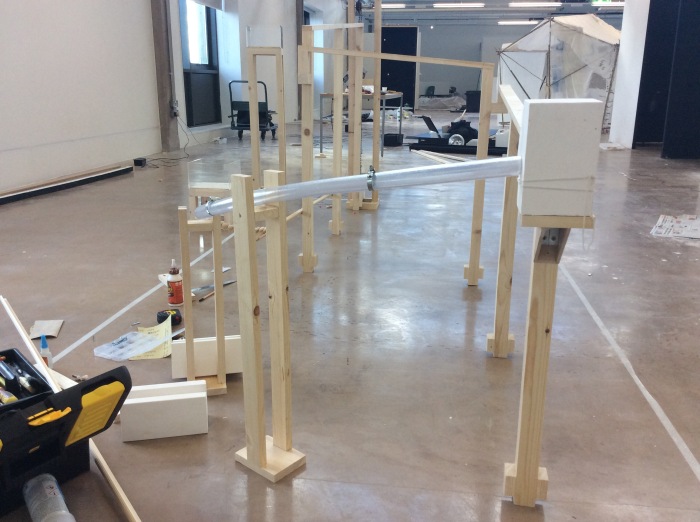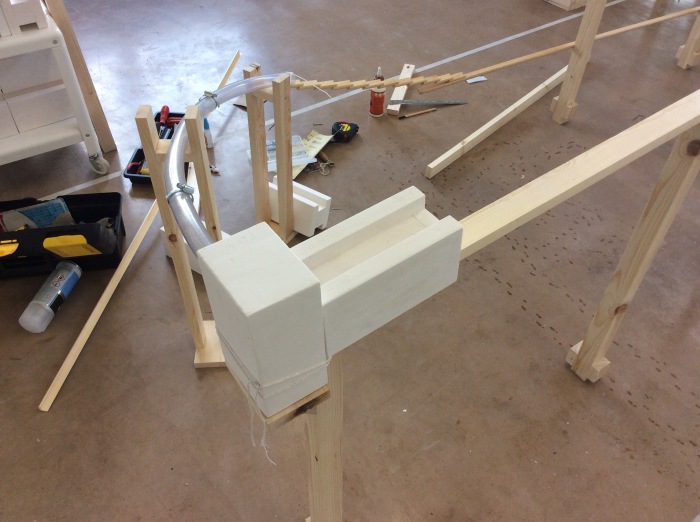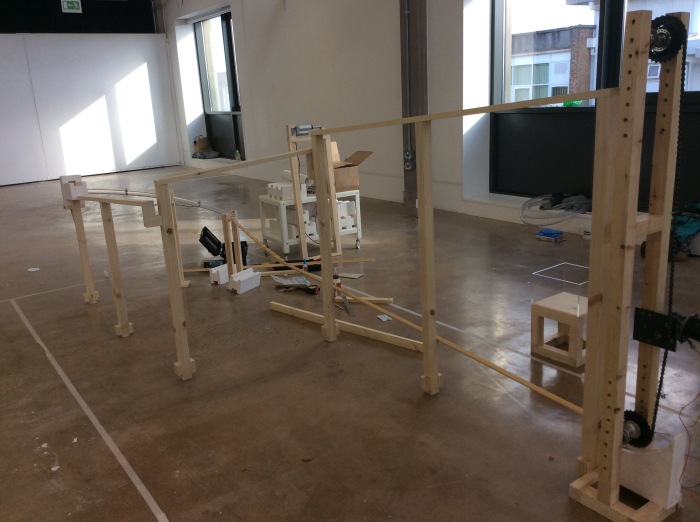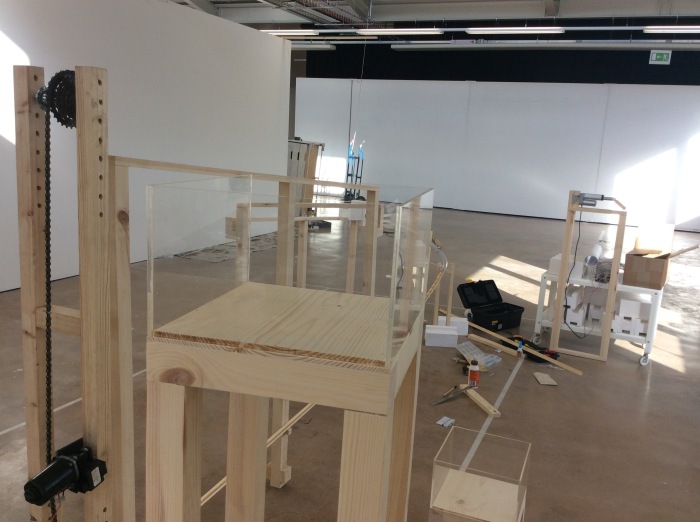CONTEXTUALISATION:
This academic year began with a trip to New York – made possible by the Helen Gregory Memorial Trust. I wanted to see the sculptural work of Doris Salcedo, whose pieces are in equal measure poetic and political. They’re so meaningful and laboriously crafted. I felt that experiencing her work would help me to discover how I can make my work more connected with current issues in the world.
https://emilypanizzifineart.wordpress.com/2015/11/02/new-york-guggenheim-doris-salcedo/

I first discovered the shocking statistics about poverty in the UK through The Trussell Trust- an organisation which sets up food banks across the UK. The stories they had shared really moved me and hit home. The mistreatment of the disadvantaged in society and the negative portrayal of the working class that I was looking into personally angered me.
https://emilypanizzifineart.wordpress.com/2015/11/02/below-the-poverty-line/
This is really the point at which I began seriously questioning my purpose as an artist. Exploring how I could make a difference, however small, through my creativity but also just as a human being. I looked at artists who represent communities of people, or work with them such as Ai Wei Wei and his 200 tonnes of recovered steel rebars, and Suzanne Lacy’s ‘Culture in Action’, which enabled artists to work directly with the local community.
https://emilypanizzifineart.wordpress.com/2015/11/18/what-is-my-role-as-an-artist/

Trickle Down economics is a capitalist trick, where the wealthy say that the poor benefit from the millions they earn, when in reality the opposite is true. The more money the wealthy have, the more they actually seem to save, and the less goes back into society. Whereas the money the poorest in society earn, goes straight back into the economic system through rent, bills, food etc. My marble run is a metaphor for the reality that Trickle down economics is essentially a big capitalist lie and disadvantages the already disadvantaged.
https://emilypanizzifineart.wordpress.com/2016/02/16/the-facts/
The Japanese Forest Xylophone advert for the mobile phone ‘Touch Wood’ is very serene and simplistic and having already been very inspired by Japanese architecture and minimalism (which I wrote about in my dissertation), this video really spoke to me. This is also why the little sounds in my marble run are important to me. I like all these kinds of gentle, fragile qualities in materials/sculpture.
https://emilypanizzifineart.wordpress.com/2016/02/16/japanese-forest-xylophone/
DOCUMENTATION:
The entirety of my first term was spent relentlessly trying to cast marbles in plaster. Overall I made four different molds. I made many mistakes and learned from them all, each time trying to fix what went wrong and progress. In December, I took part in the artist residency at The Abacus. For this, I used my fourth and most accurate mold to cast 500 plaster marbles.
https://emilypanizzifineart.wordpress.com/2015/12/06/testing-the-fourth-mold/
Plaster dust can be dangerous so I decided to make all of my marbles with raku clay, and abandon the plaster molds I had worked so long towards.
https://emilypanizzifineart.wordpress.com/2016/02/16/raku-marbles/
I wanted my plaster marble run pieces to be made out of plaster and have an architectural aesthetic / quality. I didn’t want to lose the geometric, (minimalist & architectural), matt, white qualities which I have developed over the past year or so. The designs I made were a similar shape to metal girders, which I see a lot around the art building.
https://emilypanizzifineart.wordpress.com/2016/03/13/silicone-mold-3/
I chose two staple materials in my design; plaster and wood (in a light colour). This would form the clean, geometric design of the run. I think he paleness of the bare, natural wood really compliments the nakedness of the plaster pieces. On top of this, I wanted splashes of metal with the mechanisms and a DIY feel to anything added on top of this. I wanted any cables, glue, ties and even tape left visible to give a layering effect of the DIY on top of the pristine.
https://emilypanizzifineart.wordpress.com/2016/03/23/the-frame-support-3/
The mechanisms were essential to making my Tickle Down Effect metaphor a physical, functional reality. This was a huge learning curve – by being quite ambitious, I threw myself in at the deep end. However, I was determined to make it work.
https://emilypanizzifineart.wordpress.com/2016/04/19/the-conveyor-cha…nism-the-hooks-2/



